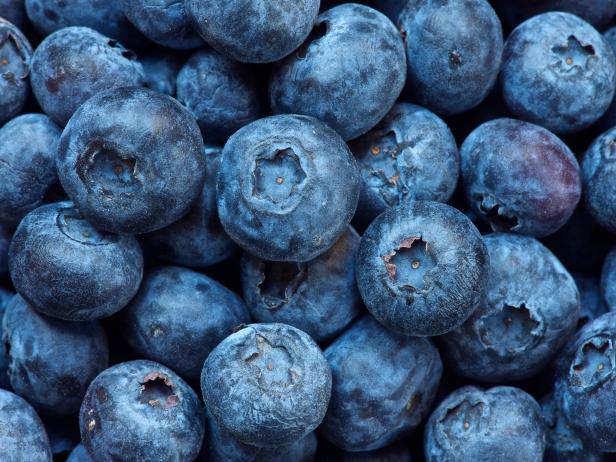Answer Found: The Reason Behind Blueberries Being Blue

Ever wondered why blueberries are blue? Well, science has finally provided an answer. According to new research from the University of Bristol, published in the journal Science Advances, blueberries get their hue from “tiny external structures” in the wax that coats them.
These tiny, non-spherical structures in the blueberries’ external wax layer “scatter” blue and ultraviolet light, giving blueberries their blue appearance to humans and blue-UV appearance to birds. This phenomenon arises from the interaction of the randomly arranged crystal structures of the epicuticular wax with light.
This discovery about the external wax covering also applies to other blue-colored fruits like plums, damsons, sloes, and juniper berries. It explains why blueberries appear blue on the outside but do not contain blue pigment, appearing dark red when squished.
Lead researcher Rox Middleton, a research fellow at Bristol’s School of Biological Sciences, explains that the blue in blueberries cannot be “extracted” by squishing because it is not located in the pigmented juice of the fruit. By re-crystallizing the wax on a card, the researchers were able to create a brand new blue-UV coating.
Rox refers to this “ultrathin” layer of blue, UV-reflective wax as a “really neat trick” of nature, which may also help the berry repel water and protect and clean itself. The researchers are now looking into reproducing this coating for various applications, including the creation of a more sustainable, biocompatible, and edible UV and blue-reflective paint.
In conclusion, the discovery of this unknown coloration mechanism in popular fruits like blueberries opens up possibilities for future innovations beyond the berry.

